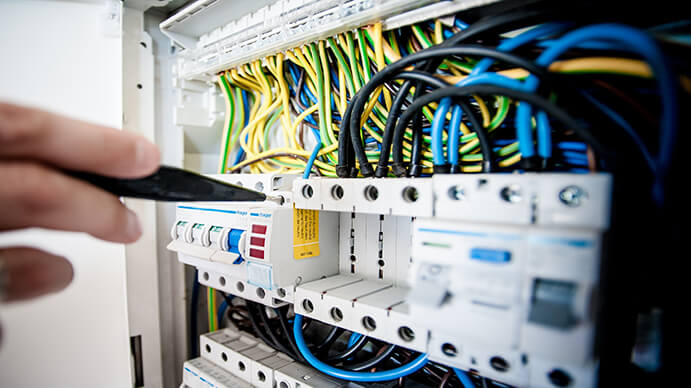Electricity was first discovered as long ago as 1600 when William Gilbert used the word to describe static electricity. However it was many years later before electricity was available in a form that could power devices.
Since that time the world has moved forward at an incredible pace. We now rely on electricity in almost every aspect of our daily lives.
If you’re a home owner or responsible for a property it is a good idea to have a basic understanding of electricity and how different systems work. This doesn’t mean you want or can do any electrical procedure in your home; it is still advisable to keep the number of a good emergency electrician handy to deal with issues as they arise.

Image Source: www.pexels.com
The Switched Loop
The switched loop is commonly used to control a light fitting. In effect it allows you to turn it on and off without touching the light. This is useful when the light is too high to reach.
The circuit connects the light fitting to a wall switch or sometimes to a pull cord. This switch interrupts the flow of electricity and effective turns the light on or off.
More advanced versions of this circuit are designed to work with multiple switches; although one switched loop can turn more than one light on and off.
Of course a switched loop does not have to be used just for a light; it can be used to remotely turn power on to any device, such as a cooker or even your garage door.
A switched loop needs to turn a wire that is normally neutral into a live wire; this is why it is essential to mark the cable and understand how the loop works before you open any light switch.
Creating A Switch Loop

Image Source: www.pexels.com
The first step is to identify where the power is arriving in your loop. This is usually at the light fitting. Once you have identified this wire you need to shut the power off to the circuit; you don’t want to get an electric shock.
The live wire to the light must be sent to the light switch. However, you can’t use the live cable of the wire between the light and the switch; this is used to carry the power to the light.
Instead the incoming live is attached to the neutral cable on the wire between light and switch. You must tape each end of this wire so that you and others know it is a live cable. This wire is then put into the switch as the incoming power.
The live wire in the cable between light and switch is put into the live out on the switch as normal and sent to the live in on the light fitting.
You will also need to put the neutral from the initial feed wire into the light fitting and the earth in place. The earth between the light and the fitting will remain as an earth and should be connected to the other earths.
There is no neutral at the switch although some states require you to use a four core wire between the switch and the fitting to ensure the neutral is also connected properly.
That’s it!


